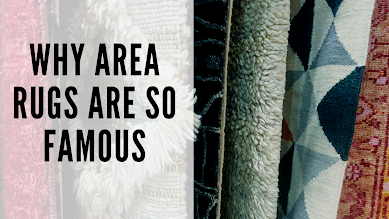What are the features of Tradition Rugs
Traditional rugs come in a variety of styles and sizes. Many of them feature large, solid borders. Some are made with pile, while others have no pile at all. They are commonly used between key pieces of furniture and other areas of your home. You can use them to break up large areas of carpeting, or you can place them underneath all of your furnishings. The area rugs look great when they have accompanying smaller rugs, which naturally draw the eye to them.
The edges of a rug are particularly vulnerable to wear and tear. The weaver attaches the nap to the warps in the base using special hand knots. On the other hand, machine-made oriental rugs typically have the nap stuck between the weft threads and are not knotted. The difference in weaving method is significant and may greatly influence the appearance of the rug. If you're considering buying a rug, be sure to look at the quality of its seams, too.
Persian rugs have a great deal of art, and many of them incorporate Turkish techniques and styles. For example, the symmetry and artistic design of Persian rugs are quite striking. Some of these rugs feature end borders. These end borders, known as elem, are often used to protect lower border rugs. Some Chinese and Tibetan rugs do not have borders at all. They are also very versatile and adaptable.


Comments
Post a Comment